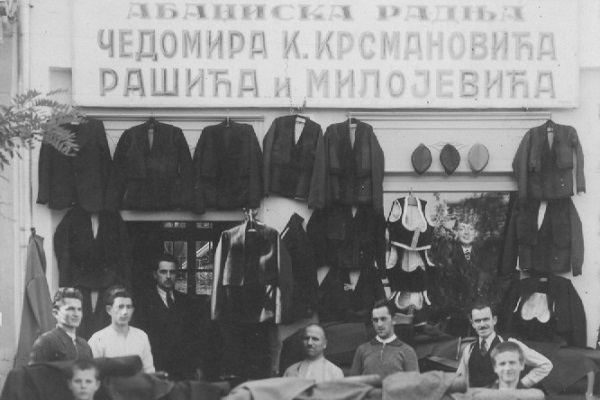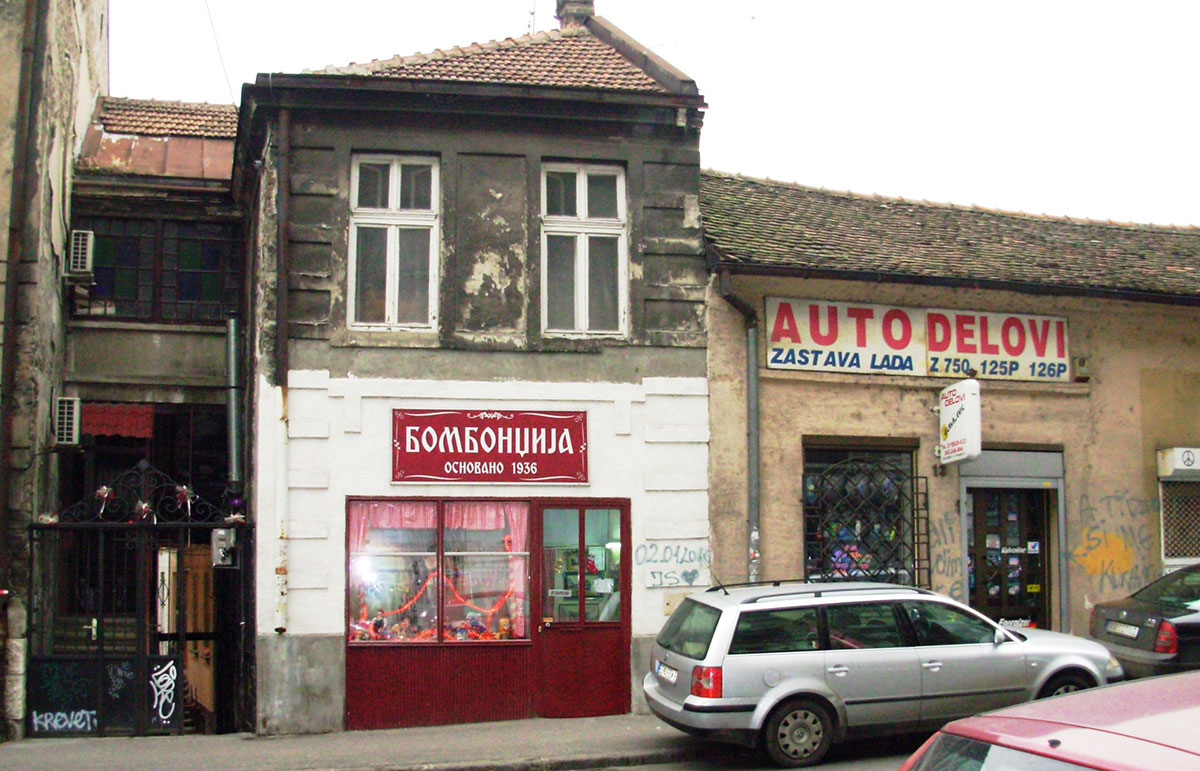Old Crafts 2
In today's blog, we bring you the second part of the story about the old crafts of Serbia. If you missed the first part of this interesting story, please find it here.
According to the latest reporting dating from 2017, there are 617 certified workshops of old crafts in Serbia, which are mostly family workshops.
In 2010, Serbia ratified the UNESCO Convention on the Protection of the Cultural Heritage, as well as the practices and skills related to old crafts. This created the conditions for old crafts, as well as groups and individuals who pass on knowledge about them for generations, to be recognized and protected as part of the cultural heritage of Serbia.
The UNESCO Convention states that intangible cultural heritage, which is passed down from generation to generation, provides a sense of identity and tradition and thus promotes respect for the diversity and creativity of cultural heritage.

Old Crafts in Serbia - Cloth weavers
If we tried to translate the word Abadžija, we would get the translation "Aba weavers" or “Strong cloth weavers”. In the past, these artisans were well known for the quality of the suits they made. These craftsmen were also known for the folk clothes they made.
The suits were sewn to order and were mostly sewn by hand, while the machines were used only for piercing coarser materials. The well-known carpenter Nemanja Rašić lived in Milanovac. Namanja founded after the war an independent workshop in the yard of his family house on Miloš Veliki Street. His work was highly appreciated, and Nemanja himself was very well known, so his orders came from all over Serbia.
The development of the fashion industry, as well as the trends in society, produced the need for mass ready-made clothing, which reduced the need for personal tailors. Universal ready-to-wear numbers and cheaper pieces of clothing have made this old craft almost extinct.
Despite everything, the cloth weavers' craft lived in Serbia to this day.

source: gminfo.rs
Old crafts of Serbia - Chimney Sweepers
Long brushes tied to cables, and heavy iron balls were the basic accessories for the work of a once very common occupation in Serbia - chimney sweeps.
During the winter months, stoves are used for heating and cooking, creating too much soot and often clogging chimneys. For these reasons, the need for chimney sweep intervention was ever-present.
It was believed that if he met these gentlemen with long brushes on cables, black overalls, and charming black caps, he would bring happiness to the person who met them. Also, I believe that it would bring you happiness if you "stole" the hair from the chimney brush.

The only candy-maker left in Serbia
There used to be "fierce competition" among the candy makers. The recipes were well hidden and often represented the secret of the success of these masters of the sweet craft.
Today, only candy maker is left in Serbia. This is Zika Bosiljcic from Belgrade, whose small workshop of sweet sweets dates back to 1936, when his grandfather, despite the great competition, managed to develop his business that survived to this day. Zika inherited business and knowledge from his father, while the recipe has remained original since 1936.
Zika Bosiljcic from Belgrade, the only candy maker in Serbia, managed to develop the business that his grandfather started in 1936 and keep his position on the market, despite the huge competition. He inherited work, recipes, knowledge, and experience from his grandfather and father. The only thing that has changed is the production capacities, which are higher today than in the beginning. He also emphasizes that hard candies, caramels, and ratluk (jelly candies, caramels, and 14 different flavors of ratluk) are most often sold since the former colorful program.

source: wikipedia.org
Blacksmith - an old craft in Serbia that is considered one of the most difficult
Did you know that variations of the surname "Smith" are the most common surnames in the world? So wherever you go you can meet some Smith, Schmied, Ferraio, Ferrari and the likes.
This is exactly what tells us how much this craft was once appreciated and widespread. The blacksmith's craft is in itself very demanding because it requires enormous physical effort and the constitution of a body that can support such a work. Blacksmithing involves the use of a hammer, anvil, and fire. In addition to physical strength, to successfully engage in this business, you also need imagination, as well as knowledge of some other trades, such as locksmithing.

Thanks to technological advances, hammers, anvils, and other heavy tools that require a lot of power to use, are replaced with machines today. These are just some of the reasons why the sound of hammers forming wrought iron objects is less and less heard.
Only a few traditional blacksmiths remain in Serbia and they represent a real bastion of this once very widespread craft. Among these craftsmen in Sremski Karlovci, there was also a woman - Andrea Pap Lukaci, who has been successfully running a blacksmith's business for more than 15 years, which she fell in love with her father.
Old Crafts in Serbia – Icon Painters
One very creative, the traditional craft is an icon painter, ie a person who deals with icon painting. The roots of this profession go back very far to the early beginnings of Christianity. In the past, icon painters were educated specially and led a particular way of life.

source: wikipedia.org
Despite everything, the craft has survived to this day. During their schooling, painters specialize only in painting icons, while self-taught icon painters are becoming rarer, but they still exist.










